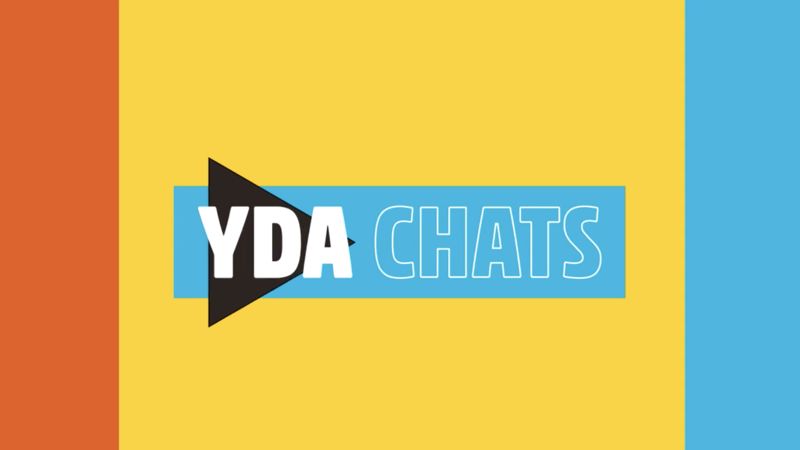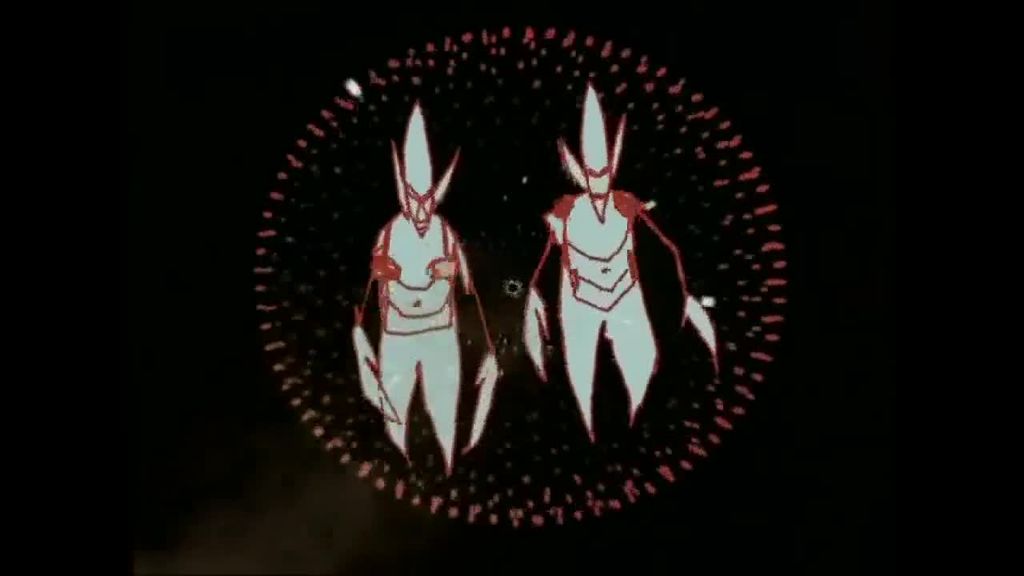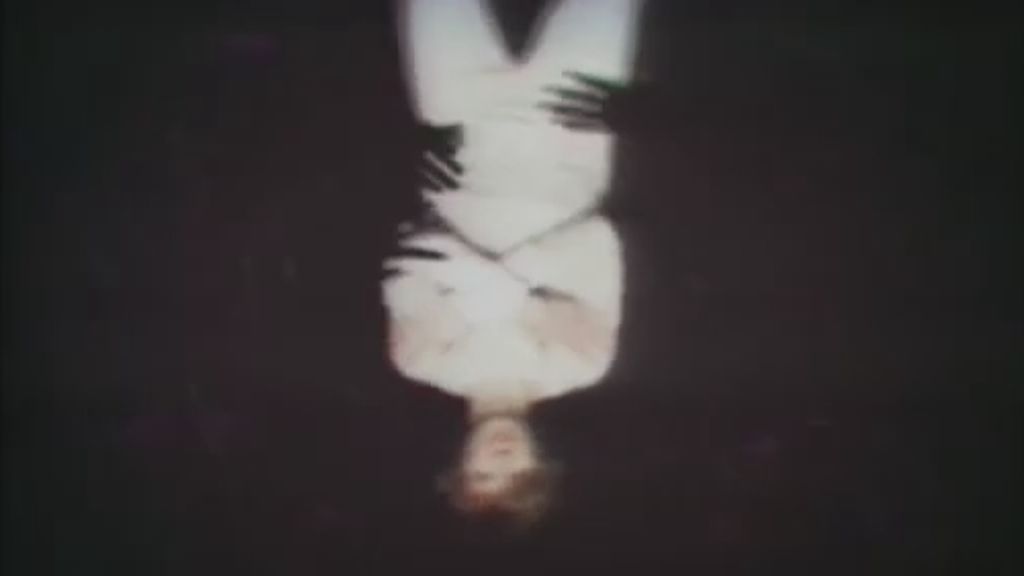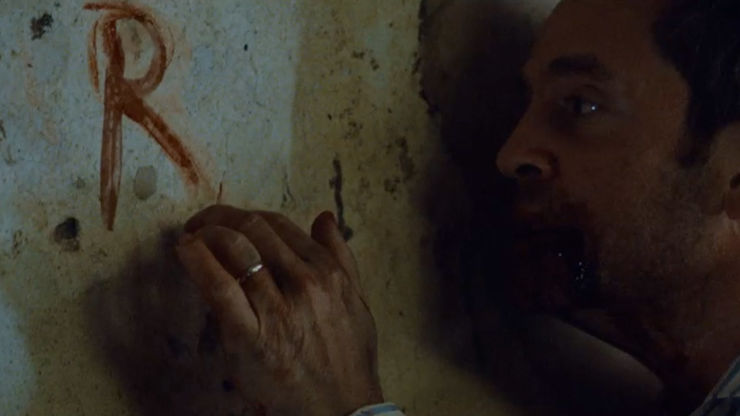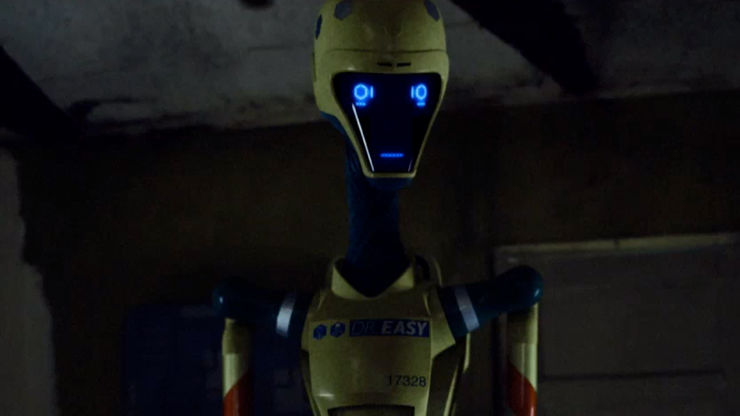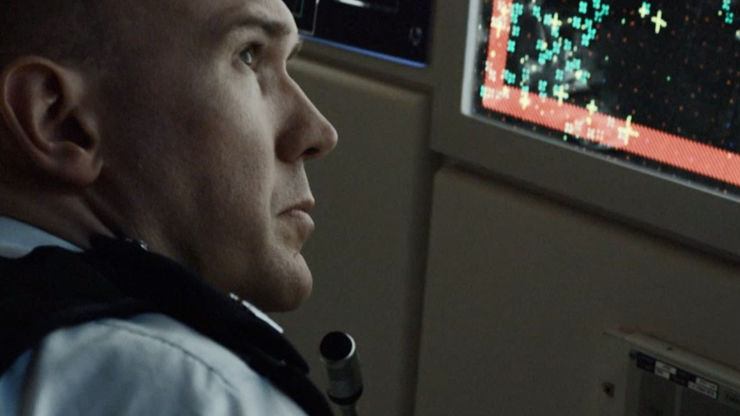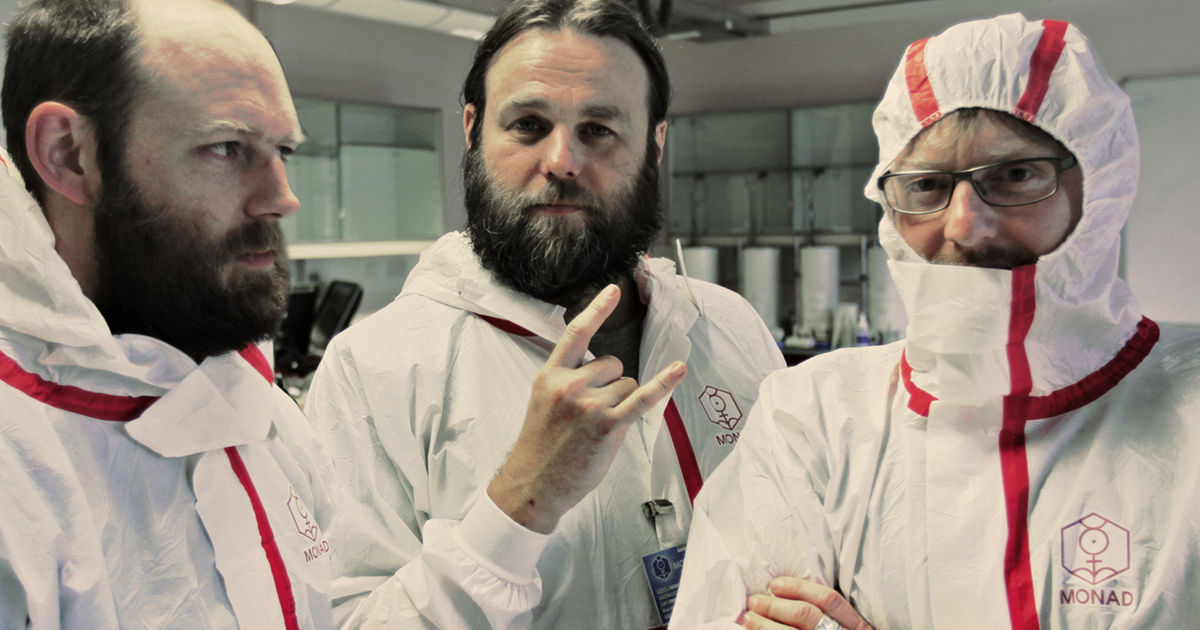Chris Harding, Jason Groves and Richard ‘Kenny’ Kenworthy make up the filmmaking trio, Shynola, a group that got started with animation and quickly branched out.
With a career spanning 20 years, Shynola has created just about any kind of film you'd want to watch, ranging from music videos, television titles, and live action short films. Currently rep'd by Nexus Studios, Shynola has only gotten more and more ambitious. They've got a bit of a legendary reputation to upkeep, but Kenny, a mixed-media artist and director, sat down with us to talk about what he sees in Shynola's future, and the rest of the industry.
The Guns Blazing music video remains a cult classic to this day - can you speak about the process of developing and creating that video?
That UNKLE video kick-started our career. That summer I had read about the project and seen some of the artwork by Ben Drury and Futura 2000 and thought it would be perfect for animation, so somewhat brazenly, I posted a letter with a VHS tape of my college work to Mo’ Wax. Astonishingly they saw it and took a chance on us.
At that time we hadn’t even graduated and lived in a grotty flat above a roundabout. We shared one computer between four of us and we used most of the budget to buy our first scanner. We didn’t know what we were doing, literally making it up as we went along. What we did have however, was unbridled enthusiasm.
Credits
powered by
- Director Shynola
Is there any project you wish you could do over, rework, or add on to?
It’s seductive to think that if you could go back and redo any project you could do it better. Certainly we become more technically capable year by year. But I think it’s a false notion. Every project is a million decisions but the magic which makes projects special cannot be tamed. Inspiration and creativity are impossible to force or replicate. Instead, I look back at work and cannot recall neither how we came up with the idea nor how we did it. They are a product of a specific time and a mere year later I have moved elsewhere.
W just think of ourselves as filmmakers or - if you’ll permit me to sound like a wanker -‘creators’.
In that sense I do regret some of the projects which never hatched and so would like to travel back in time and have another go at them. For example, we were approached by Super Furry Animals, Arctic Monkeys, Vampire Weekend, and Disclosure, to name a few, and for unfathomable reasons something just didn’t click into place, which is disheartening because I would have loved to have done something for them.
What’s your favorite old-school animation technique?
I have a soft spot for scratch films. There’s no more primal animation method than scratching or painting directly onto celluloid and shining a light through it and the results are always wild with energy. Perhaps because hardly no one makes them, they always feel like a breath of fresh air to me.
What techniques do you feel are underutilized in animation work today?
I think the most underutilized technique in animation is actually film grammar -using camera angles, movement, blocking, sound and editing to tell a story. I think because animation is so laborious and you really need to be a specialist in the minutiae of the craft, basic filmmaking is often neglected as a result. I’m not championing convention exactly - I like bending rules myself - but often in animation those fundamental tools haven’t been properly considered. Nine out of ten animations are made as if they are set on a theatre stage.
Coldplay – Coldplay: Strawberry Swing
Beats By Dre – Music Vision
You often put markers of Shynola animation into your work - gridlines, layered photographs, crosses, and reflected screens and visions, to name a few. What draws you to them 20 years later?
It’s not that we are in love with those things per se, it’s more an attitude of ‘anything goes’. Often when you’re making something you stumble into happy accidents, or see something that looks great ‘under the hood’ so to speak. I have much adoration for the painter Euan Uglow, who would leave his measuring marks visible in the finished painting, because why not - they look great and there’s an interesting juxtaposition between the accuracy of his observation of his subject and the graphic marks from his hand.
Every project is a million decisions but the magic which makes projects special cannot be tamed.
Convention leaves those things aside in favour of polishing, whereas we often think the sketch is more interesting than the laboriously painted final piece. I think computer animation is particularly bogged down in photorealism and the influence of cinema VFX, whereas we’ve mostly sailed in the other direction. In animation you can depict anything you want in any style you want, so why do what everyone else is doing, and why copy reality?
The Pyramid Song
Joe Goddard: Music Is The Answer
Besides animation, you’ve also crafted live-action films; can you speak a bit about how Shynola got involved with those kinds of projects and what you’re looking for in the future with live-action?
We really don’t consider ourselves as animators, in fact technically we’re not that proficient. Rather we just think of ourselves as filmmakers or - if you’ll permit me to sound like a wanker -‘creators’. When we first started we didn’t have access to cameras or lights, other than some super8 cameras we picked up at junk sales. However we were very adept at computers and so we used to go to computer fairs, buy components and build our own P.C.s on the cheap. Around that time computer animation was still the reserve of astronomically expensive silicon graphics machines, but we found a way to make it from our bedrooms. Now we have the means to make films.
Consequently the vast majority of our early projects were animations and unwittingly we pigeon-holed ourselves, from the off. It’s understandable, but commissioners often play safe, so if you don’t have something on your reel, you don’t get the job, so later on it was a struggle to get live-action opportunities. Fortunately we made a video for Coldplay which they absolutely loved and they put a lot of trust in us to make another. We took that opportunity to make our first fully live-action video for them. Unfortunately they hated it and shelved it, which was gutting, but now we had our feet firmly wedged in the door.
I was saying that what you learn at art college doesn’t amount to very much, but what is invaluable about your time at art school is the opportunity it affords you to experiment and make wrong turns and practice.
Nowadays we see scripts for both live action, animation or a mix between the two and we welcome it all. We don’t draw any lines and consider our approach and technique on a project-by-project basis, thinking much more a designer might. ‘What is the right way to tell this idea?’
Credits
powered by
-
- Production Company Nexus Studios/USA
- Director Shynola
-
-
Unlock full credits and more with a Source + shots membership.
Credits
powered by
- Production Company Nexus Studios/USA
- Director Shynola

Credits
powered by
- Production Company Nexus Studios/USA
- Director Shynola
Dr. Easy is an incredibly powerful short film - how did you get involved in that project? What drew you to it initially? You also include Shynola-markers in Dr. Easy’s vision - was that originally part of the storyboarding or did you add that in later?
Many years ago we made a title sequence for a documentary series about British science fiction. The writer and presenter went on to become a respected author and when he finished his first manuscript he sent it to us, with the hope we might adapt it into a screenplay. It is remarkable and so we did. It’s set in the near future and deals with transhumanism and the politics of AI, but is set in Hackney where we live, in the disturbingly near future.
There’s no more primal animation method than scratching or painting directly onto celluloid and shining a light through it and the results are always wild with energy.
When we spoke to Film4 about it they asked if we would make a short film for them, I think in part because they wanted to test whether or not we could direct. (I know). So we took the first chapter, which felt already like a standalone vignette, and adapted that into Dr. Easy. The short is a sort of a taster of the tone of the feature.
We didn’t know what we were doing, literally making it up as we went along. What we did have however, was unbridled enthusiasm.
One of the things we wanted to achieve with the short was to make the audience believe a robot has empathy, when in reality it has no feeling, nor opinion, and is just following coded procedure. The way it deals with its patient is based on the strategic patterns of dialogue they teach hostage negotiators.
It wasn’t in the script, but at some point we decided to show the world from the robot’s point-of-view, which is of course dangerous because we wanted to show that it is intelligent, but not human. We did a lot of research into how motion, object and face detection work and so all the little markers you see are based on various bits of tracking software. We didn’t want to pretty it up too much, rather it should feel like genuine, mechanical processing.
Credits
powered by
-
- Production Company Warp Films
-
-
-
Unlock full credits and more with a Source + shots membership.
Credits
powered by
- Production Company Warp Films
- Post Production Jellyfish Pictures
- Editor Dominic Leung
- Director of Photography Barry Ackroyd
- Copywriter Shynola
- Executive Producer Anna Higgs
- Executive Producer Robin Gutch
- Director Shynola
- Producer Jessica Levick
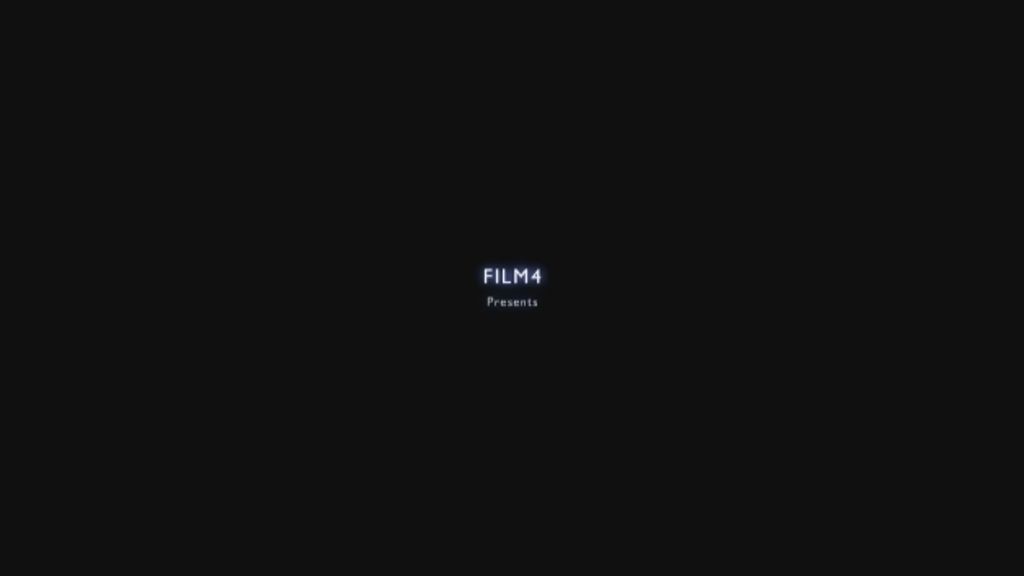
Credits
powered by
- Production Company Warp Films
- Post Production Jellyfish Pictures
- Editor Dominic Leung
- Director of Photography Barry Ackroyd
- Copywriter Shynola
- Executive Producer Anna Higgs
- Executive Producer Robin Gutch
- Director Shynola
- Producer Jessica Levick
How do you experiment creatively? Do you save it for pitches, development, or execution; or do you experiment in your spare time with personal projects?
We’re fortunate in that from the start we decided each project should be different from the last. Initially it was a way of keeping it interesting for ourselves but now we wear it as a badge of honour. We often pitch things we don’t quite know how to pull off, or for which there is no ‘off-the-shelf’ solution. Figuring it out is fun and consequently work for us is endlessly creative and experimental.
I think the most underutilized technique in animation is actually film grammar -using camera angles, movement, blocking, sound and editing to tell a story.
It’s meant that work is always a challenge because we’re forever heading into uncharted territory, but it’s also helped keep us relevant for twenty years. You can’t go out of fashion if you’re not following one. The difficulty for us is finding those who want to do something different and novel. Most don’t. Most, in commercial art that is, don’t want to go out on a limb. But to us, the best work is where you show the audience something new.
Long form projects are a different beast and present lots of new challenges. It’s like we’ve written a hundred poems but now want to write a novel.
I was giving advice to someone recently who didn’t get their place at arts school. I was saying that what you learn at art college doesn’t amount to very much, but what is invaluable about your time at art school is the opportunity it affords you to experiment and make wrong turns and practice. I was saying, try and create a situation for yourself which allows that space and then that art school place isn’t such a loss. As I said it, I realised that was advice I needed to hear too, because you always need to find time to play and sketch and try new things. So recently I have been doing a lot of painting and I’m currently making a series of prints.
Why are you interested in longer work now over shorter content? What draws you to those bigger projects?
After twenty years you feel like you know how to string together a music video and you know how many shots you can squeeze into a commercial. They are still really good fun to do and a great way to learn your craft, but we’re itching to flex our muscles. Long form projects are a different beast and present lots of new challenges. It’s like we’ve written a hundred poems but now want to write a novel. One certainly isn’t better than the other, it’s the things which make them different which are exciting.
Credits
powered by
-
- Production Company Nexus Studios/USA
- Director Shynola
-
-
Unlock full credits and more with a Source + shots membership.
Credits
powered by
- Production Company Nexus Studios/USA
- Director Shynola
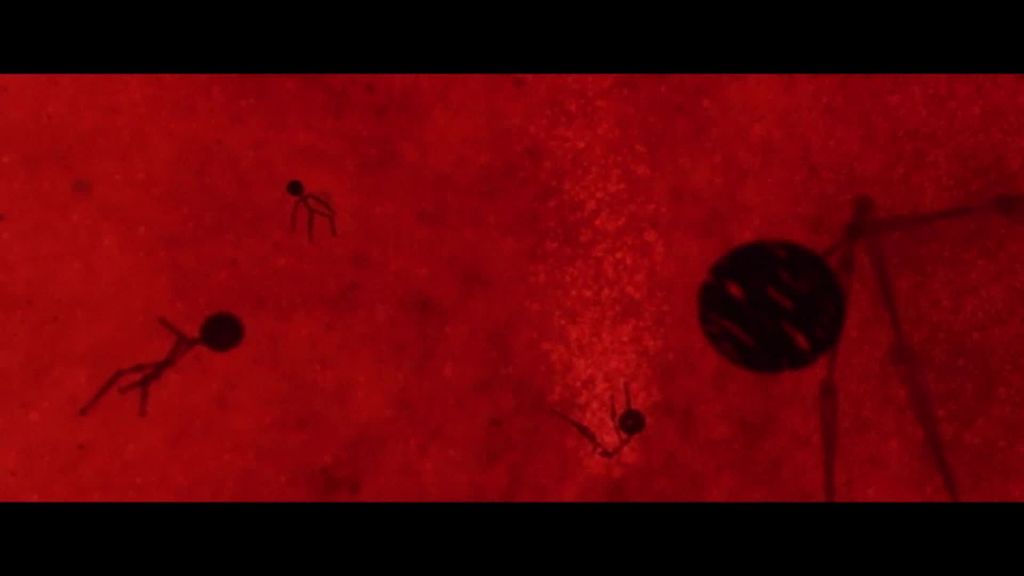
Credits
powered by
- Production Company Nexus Studios/USA
- Director Shynola
Where do you think animation, as an industry and an art form, is going next? What’s the next frontier?
I hope in the future, animation will become a more universally-accepted artform. A decade ago we were contemplating making an animated feature for adults, but killed the project as we couldn’t balance the costs required with the audience we assumed the film would attract. I’m still not convinced we’re there yet, but the landscape has changed dramatically since. There’s still a tendency that if animation is for adults then it has to be a comedy. I think video games have made more progress in that regard. So hopefully that attitude will shift.
You can’t go out of fashion if you’re not following one.
If you could take a live-action TV show or film and remake it entirely in animation, which would it be and why?
I really loved Rainer Werner Fassbinder’s Welt am Draht. That could withstand a remake I think where you could be visually inventive where Fassbinder was restricted.
)

